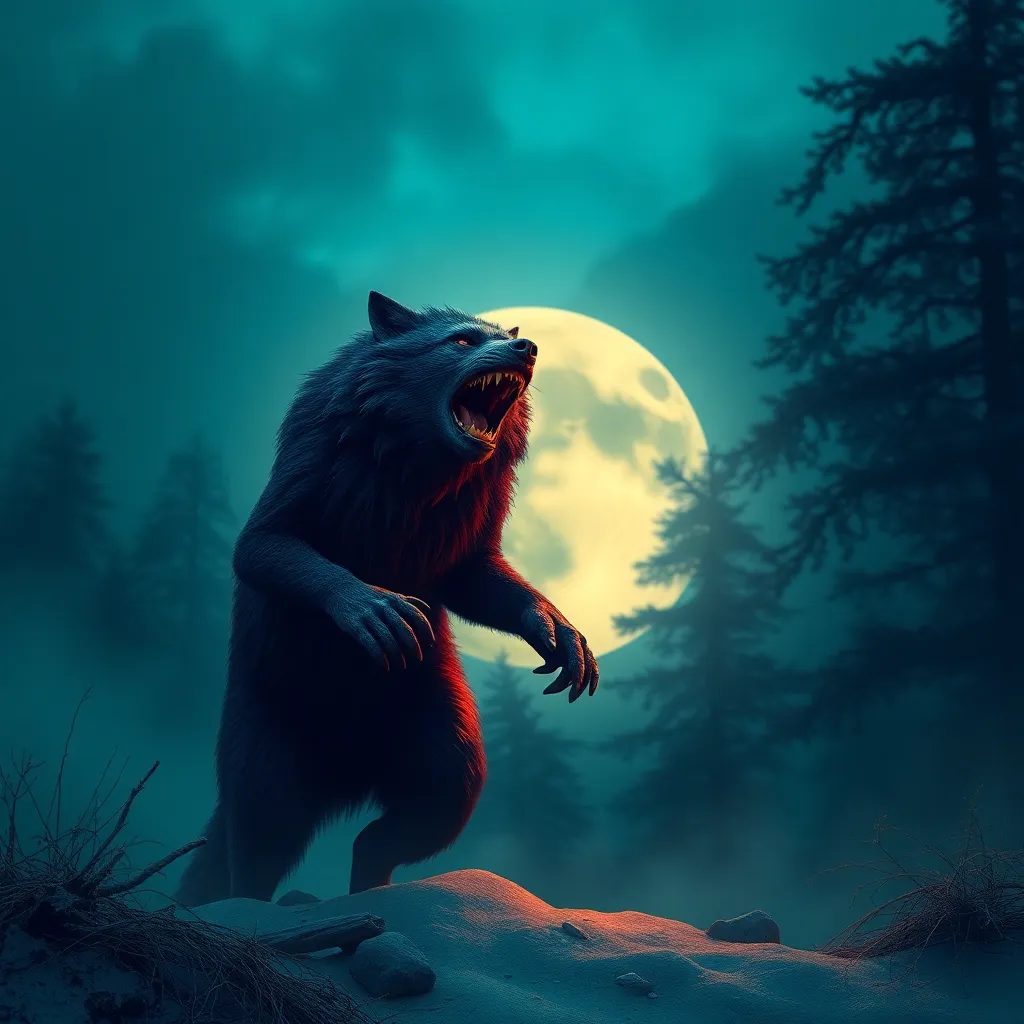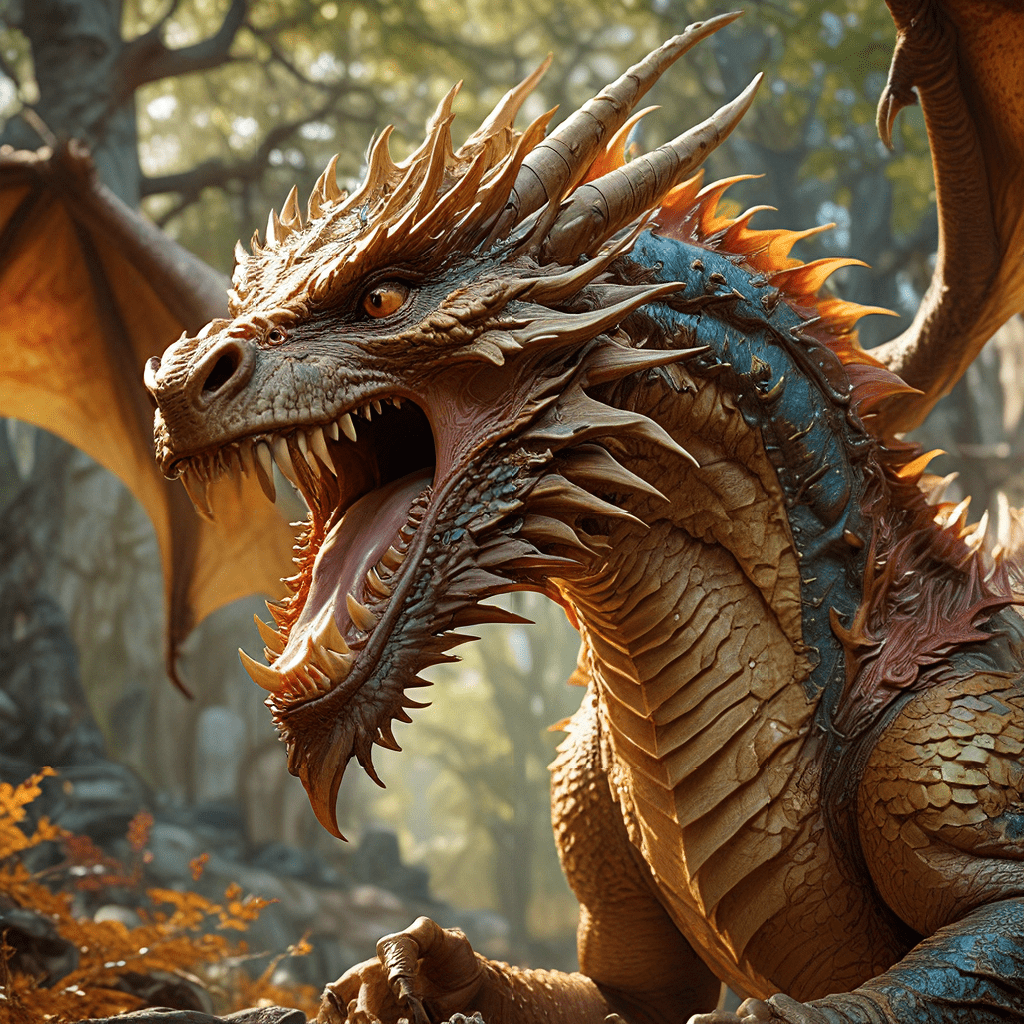Oni in Art: Unveiling the Iconic Imagery of Oni in Japanese Painting and Sculpture
I. Introduction to Oni
Oni, often translated as “demon” or “ogre,” are mythical creatures in Japanese folklore that embody a wide range of meanings, from malevolent spirits to guardians of the human realm. Traditionally depicted as hulking figures with wild hair, sharp claws, and fierce, colorful features, Oni hold a significant place in Japanese culture, symbolizing both fear and reverence.
The cultural significance of Oni extends beyond mere superstition; they represent complex themes of morality, human emotions, and the balance between good and evil. Throughout history, Oni have been portrayed in various art forms, from ancient mythology to contemporary practices, reflecting the evolving perceptions of these enigmatic beings.
II. Historical Origins of Oni Imagery
A. Early depictions of Oni in Japanese mythology
The origins of Oni can be traced back to ancient Japanese mythology, where they were often associated with natural disasters and misfortune. In these early narratives, Oni were depicted as spirits that could cause harm to humans, representing the chaotic forces of nature. Some texts suggest that Oni were originally derived from the “demon” figures found in Buddhist teachings, which were integrated into local folklore over time.
B. Evolution of Oni representations in pre-modern art forms
As Japan transitioned through different historical periods, the representation of Oni in art evolved significantly. In the Heian period (794-1185), Oni began to appear in illustrated handscrolls and temple murals, often depicted in scenes of Buddhist hell. By the Kamakura period (1185-1333), Oni imagery became more stylized, reflecting the samurai culture and the spiritual beliefs of the time.
III. Oni in Edo Period Art
A. The rise of Ukiyo-e prints and their portrayal of Oni
The Edo period (1603-1868) marked a significant transformation in the depiction of Oni, particularly through the popular Ukiyo-e woodblock prints. This art form provided a platform for artists to explore various subjects, including folklore and mythology. Oni began to be represented in a more playful and colorful manner, often seen in interactions with humans or in comedic scenarios.
B. Notable artists and their contributions to Oni imagery during this period
- Utagawa Kuniyoshi: Renowned for his dynamic compositions and imaginative representation of Oni, Kuniyoshi’s works often depicted Oni in dramatic battles or humorous situations.
- Utagawa Hiroshige: While primarily known for his landscapes, Hiroshige also included Oni in his prints, emphasizing their connection to the natural world.
- Kitagawa Utamaro: His portrayals of Oni often focused on their human-like traits, blurring the lines between the terrifying and the familiar.
IV. Symbolism and Themes Associated with Oni
A. The dual nature of Oni as both villain and protector
Oni embody a duality that is central to their symbolism in Japanese culture. On one hand, they are seen as malevolent beings that bring misfortune and chaos. On the other hand, certain Oni are depicted as protectors, warding off evil spirits and safeguarding communities during festivals and rituals. This dual nature allows for a rich exploration of themes related to morality, fear, and the human condition.
B. Common themes of morality, punishment, and the supernatural
In many artistic representations, Oni serve as agents of punishment, carrying out the consequences of moral transgressions. They are often shown in scenes of retribution, emphasizing the importance of adhering to societal norms and values. Additionally, Oni are deeply rooted in the supernatural, often depicted alongside deities and other mythical creatures, reinforcing their role in the spiritual landscape of Japan.
V. Oni in Contemporary Japanese Art
A. Modern interpretations and adaptations of Oni in current artistic practices
In the contemporary art scene, Oni continue to inspire artists, who explore their imagery through various mediums, including painting, sculpture, and digital art. Modern interpretations often challenge traditional depictions, presenting Oni with new perspectives that reflect current societal issues and emotions.
B. Influence of global art movements on the depiction of Oni
Global art movements have also influenced the portrayal of Oni, introducing Western concepts and styles. Artists blend traditional Japanese aesthetics with contemporary techniques, creating a dialogue between the past and present. This fusion often results in innovative representations that resonate with a global audience.
VI. Notable Works Featuring Oni
A. Analysis of key paintings and sculptures that showcase Oni
Several notable works of art prominently feature Oni, showcasing their rich symbolism and cultural significance. For instance, the “Oni no Shōmen” (Oni’s Face) by Kuniyoshi captures the fierce essence of Oni, while modern sculptures often depict them in a more abstract or stylized manner, inviting viewers to interpret their meanings in contemporary contexts.
B. Discussion of renowned artists and their iconic pieces
- Katsushika Hokusai: Known for his iconic “Great Wave,” Hokusai also created works that include Oni, merging them with elements of nature.
- Yayoi Kusama: A contemporary artist who incorporates polka dots and psychedelic themes, Kusama has used Oni imagery in her installations, reflecting her personal experiences.
VII. The Role of Oni in Japanese Festivals and Rituals
A. The significance of Oni in traditional festivals and celebrations
Oni play a crucial role in various traditional Japanese festivals, such as Setsubun, where they are symbolically driven away to ensure a good harvest. Participants often throw roasted soybeans at individuals dressed as Oni, chanting “Oni wa soto, fuku wa uchi” (Demons out, good fortune in) to invoke blessings for the year ahead.
B. How Oni imagery influences contemporary cultural expressions
In modern Japan, Oni imagery continues to influence various cultural expressions, including fashion, music, and media. The dynamic and often playful representation of Oni in pop culture helps to keep their legacy alive, ensuring that these iconic figures remain relevant to new generations.
VIII. Conclusion
A. Summary of the enduring legacy of Oni in Japanese art
Throughout history, Oni have been a powerful symbol in Japanese art, representing a complex interplay of fear, morality, and protection. Their imagery has evolved from ancient mythology to contemporary interpretations, demonstrating the resilience of their cultural significance.
B. Reflection on the importance of preserving and understanding Oni imagery in the modern context
As Japan continues to navigate its cultural identity in a globalized world, the preservation and understanding of Oni imagery remain vital. By appreciating the rich history and symbolism behind these figures, we ensure that the legacy of Oni continues to inspire future generations and enrich the tapestry of Japanese art.
![]()


